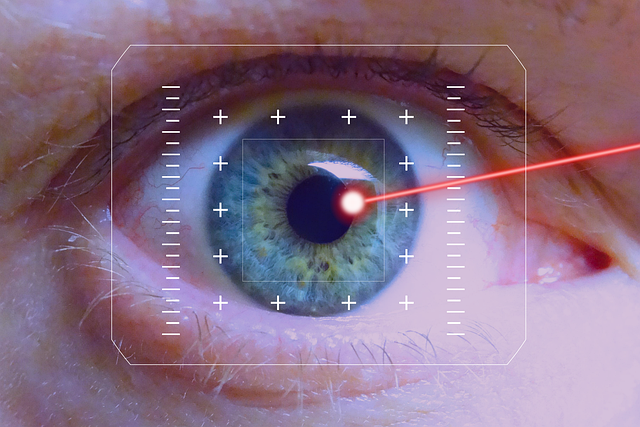The world of display technology is ever-evolving, and one of the most fascinating features altering our viewing experiences is image rotation. Whether you’re a cinephile captivated by the latest blockbuster, a gamer seeking the ultimate immersive experience, or simply someone who enjoys binge-watching their favorite series, the way images are presented matters immensely. Picture this: you’re watching a stunning landscape or an action-packed scene, and the clarity and fluidity of the image make all the difference in how deeply you delve into the visual narrative.
Modern TV displays and monitors are designed with advanced technology, allowing them to maximize resolution and enhance the viewing experience significantly. The shift from standard definition to high definition, and now to 4K and beyond, has pushed the boundaries of how we perceive images. Among the vast array of features emerging in this landscape is the concept of image rotation. This functionality provides a unique way to adjust the visual presentation on these screens, catering to the environment and user needs without sacrificing quality.
Technic advancements have further improved how we utilize image rotation. For instance, portrait mode displays are becoming increasingly popular, especially for users who engage frequently with social media or create content. By rotating the display, users can view images and videos in a more natural orientation, enhancing both aesthetics and functionality. It transforms your TV from a mere entertainment box to a versatile platform suitable for various activities.
In addition to its practicality, image rotation has a meaningful impact on visualization. When you adjust how content is presented, it can change how it is perceived. For example, art pieces, photography, or even graphs and data visuals can take on new dimensions when viewed in different orientations. Such flexibility allows for an enriched interpretation of visual information, a game changer in educational and artistic contexts.
Moreover, today’s display technology doesn’t just stop at rotation; it embraces innovations such as interactive screens and adaptive resolution technologies. These elements work cohesively to ensure that no matter how you rotate your screen, the quality of the image remains intact, transforming your interaction with media. The culmination of high resolution with user-friendly functionalities sets a new standard for what consumers can expect from their visual devices.
As we navigate through this captivating realm, the role of image rotation emerges as a vital tool in our technological arsenal, enhancing user experience across various contexts. Whether it’s reorienting a painting on your TV or enabling a seamless transition between watching and displaying content, this feature is redefining our relationship with visual media.
With every advancement, the potential for creativity and functionality in resolution continues to expand. Embrace the changes in display technology, as they promise to transform the way we view our world, bringing us closer to an immersive experience that resonates with both our aesthetic sensibilities and practical needs.




